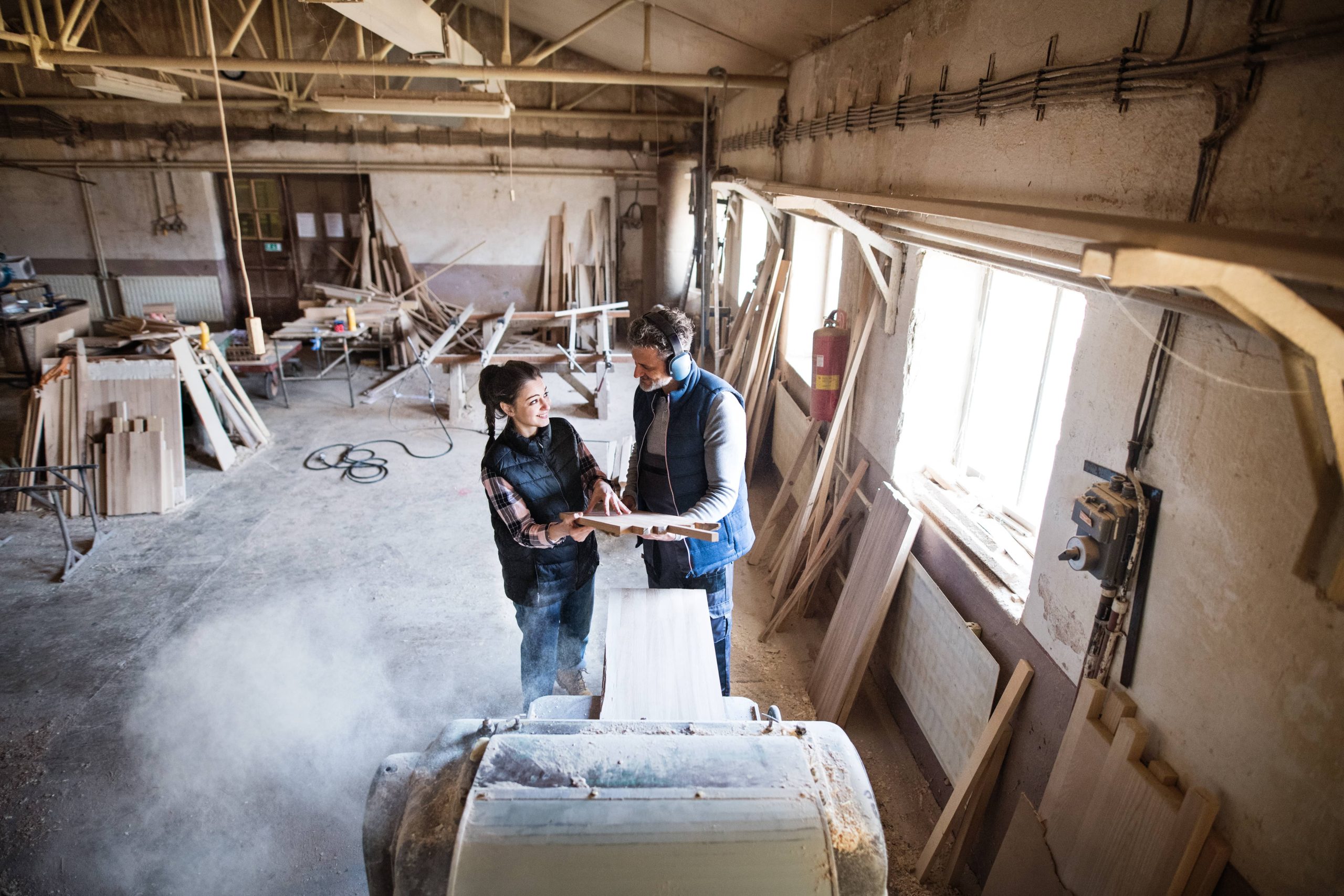
When it comes to home improvement and interior design, one of the most rewarding changes you can make is the display of artwork and photos. Art can infuse your home with soul, tell the unique story of your life, and transform the simplest room into an inspiring space. However, displaying art effectively can seem daunting. Which pieces should go where? How do you ensure the display compliments rather than clashes with the rest of your décor? If these questions puzzle you, don’t worry. I’ve gathered some expert advice to help you display artwork and photos with style and finesse.
1. Understand Your Space
Before you start hanging art, take a moment to analyze the spaces available to you. Consider the scale of each space, the surrounding furniture, and even the wall color. It’s crucial to ensure that your art pieces complement the environment. For instance, large, bold pieces can dominate a great room or open space but might overwhelm a small hallway. Conversely, smaller pieces tend to get lost on expansive walls but can provide a delightful detail in tight spaces or cozy corners.
2. Tell Your Story
Use your art and photos to tell your own story. Have a theme or a central thread that ties your collection together, be it color, subject matter, or even frame style. Personal photos can be mixed with artwork to create a gallery wall that is uniquely yours. Arrange family photos, vacation shots, and your favorite artwork together in a way that feels harmonious. This can create a narrative that both guests and family members can enjoy, making your home feel more intimate and personalized.
3. Play with Different Styles
Don’t be afraid to mix it up! Combining different styles and types of artwork can create visual interest and energy in a room. A modern abstract piece can look fantastic alongside an intricate classical painting or a rustic wooden sculpture. The key is balance: different styles should complement, not clash. Lay pieces on the floor or a large table to visualize different combinations before you start hammering nails.
4. Consider the Height
One of the most common mistakes is hanging artwork too high. Art should be at eye level, which is approximately 57 to 60 inches from the floor to the center of the piece. If displaying above furniture, such as a sofa or bed, aim to keep the bottom of the frame about 6 to 12 inches above the top of the piece of furniture.
5. Utilize Wall Space Wisely
Maximize your available wall spaces to enhance your home’s aesthetic. For instance, staircases provide great opportunities for showing off a series of artworks. Consider hanging framed photos following the angle of the stairs. Similarly, kitchen walls can display vibrant art pieces or small family snapshots to lively up the atmosphere.
6. Understand Lighting
Lighting plays a critical role in how artwork is perceived. You may have a stunning piece of art, but if the lighting isn’t right, its impact will be significantly diminished. Natural light is ideal, but be cautious with direct sunlight that can fade colors over time. Consider accent lighting like picture lights, wall washers, or track lighting to highlight your artworks.
7. The Right Framing
Framing is much more than a protective edge; it’s an extension of the artwork. The right frame can enhance the artwork and fit seamlessly with your home’s décor. Be mindful of the size, color, and style of the frame in relevance to both the artwork and surrounding interior. For a cohesive look, try having your frames in a similar color palette or style, especially if displaying multiple pieces together.
8. Rotate and Refresh
Art displays do not need to be permanent fixtures. Rotate different artwork and photos periodically to refresh your space. This not only gives your rooms a new look but also allows you to appreciate different pieces over time. This strategy can be particularly beneficial during seasonal changes or special occasions.
9. Reflect on Balance and Symmetry
While symmetry can provide a pleasing harmony, asymmetrical arrangements can work equally well, offering a contemporary, dynamic appeal. The choice largely depends on the rest of the room’s aesthetic. Use balance by mixing different sizes of artwork while creating a sense of equality on both sides of an imaginary central line or point.
10. Get Creative with Placement
Consider unconventional places for displaying art, such as the bathroom, hallway, or even within bookcases. Unexpected locations can infuse character and surprise into a space. Just make sure if you’re placing art in moist environments, such as bathrooms, that frames and matting are moisture-resistant to protect your pieces.
Achieving the perfect art display is both an art and science, requiring a mix of planning and intuition. While there are guidelines to help, remember that your home is your personal canvas, and the rules can be bent to reflect your unique taste and personality. Use these expert tips as a foundation, and let your creativity take it from there. Happy decorating!













